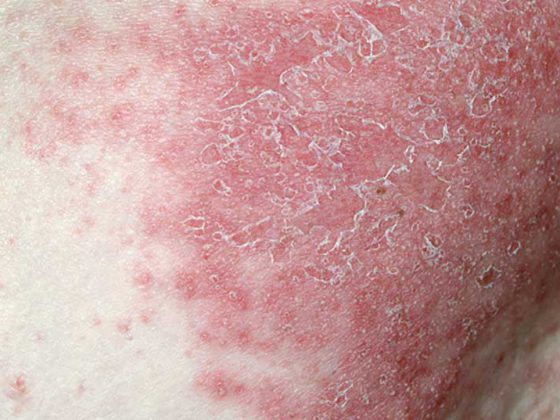Autism spectrum disorder is one of the autistic spectrum disorders. It is a profound developmental disorder with onset in early childhood and a chronic course. A fundamental deficit in the area of social interaction as well as mutual understanding can be a first indication. Nevertheless, not every affected person is pathological and needs to be treated.
Autism spectrum disorder (ASD) is a complex and multifaceted neurodevelopmental disorder from the autistic spectrum. Typical is the reduced ability to intuitively recognize nonverbal signals in others. Accordingly, limited social interaction opportunities are evident. These refer to the initiation, maintenance and shaping of interpersonal relationships in the context of family, friendship, partnership as well as peers in kindergarten, school and work. Often, this lowers interest in fellow human beings. In contrast, it is not uncommon to find special interests that are pursued extremely intensively or repetitive behavior patterns. Affected persons are often also conspicuous by a fixation on rigid daily routines and an environment that is as constant as possible. These phenomena first appear in early childhood and persist throughout life. However, the clinical presentation changes over the lifespan. All phases of life hold different requirements for social interaction and communication skills.
Eye contact missing
What is striking about children with ASD is that little to no eye contact is sought, attention and pleasure are shared less frequently with others, and those affected do not use facial expressions or gestures to establish or regulate social contact. Accordingly, they find it difficult to judge the state of mind of others on the basis of such characteristics, which often leads to misunderstandings. The full-blown disease often develops in preschool age, while the severity then subsides in school age. In adolescence and early adulthood, about half of those affected achieve significant behavioral improvement. However, the severity of the symptoms and the symptom variety varies from individual to individual.
Clinical diagnosis with differential diagnosis
An Asperger syndrome implies autism-specific abnormalities of social interaction and in the area of stereotypic and repetitive behavior including special interests. Linguistic and cognitive development are inconspicuous. The exact classification of a developmental disorder with autistic features can often only be made after long observation. The prevalence of Asperger syndrome in childhood is not easily determined. It is estimated that at least one in 160 children is affected by ASD. By means of an extensive physical, psychiatric, neurological and laboratory examination, the child and adolescent psychiatrist delineates other medical conditions such as epilepsy, ADHD, anxiety, obsessive-compulsive and tic disorders. Possible hearing and vision disorders must also be ruled out.
Differential diagnostic differentiation can be difficult, especially from schizoid and schizotypal personality disorders. This is because sufferers of these two diseases also withdraw and are usually loners. The schizoid type has emotional indifference, affective detachment, and a diminished capacity for pleasure. Schizotypal personality disorder is characterized by behavior perceived as bizarre with often magical thinking content and a distrustful to paranoid relational experience. However, both disorders lack the narrowed special interests typical of ASD as well as the tendency to stereotypic behavior.
Therapy is not always indicated
Not every patient with Asperger syndrome needs treatment. Depending on the severity, those affected often also develop independent strategies to cope better in everyday life. However, if the symptoms are pronounced, especially in the case of comorbid disorders, a multimodal therapy concept with symptomatically oriented pharmacological and psychotherapeutic elements should be used. The possibility of curing an ASD does not currently exist. Scientifically established effective therapy methods are based on behavioral therapy approaches, combined with psychoeducation of the affected person and the environment. Above all, patients with autism spectrum disorders need a manageable, predictable environment to feel safe. For children, adolescents, and adults who are cognitively average, autism-specific social skills training in a group setting is particularly effective in improving social interaction, one’s action planning, and one’s management of anger and rage. Comorbid conditions should be treated appropriately. In this context, drug interventions may also become necessary and useful.
Further reading:
- https://rp.baden-wuerttemberg.de/fileadmin/RP-Internet/Themenportal/Soziales/Landesarzt/
_DocumentLibraries/Symposia/Symposion_2021_Group_1_Poustka .pdf (last accessed Jan. 29, 2023). - www.dgppn.de/_Resources/Persistent/e7b561aeec5be038327d119216f7b7b908188ddf/028-018m_S3_Autismus-Spektrum-Stoerungen_ASS-
Diagnostik_2016-05.pdf (letzter Zugriff am 29.01.2023) - www.neurologen-und-psychiater-im-netz.org/kinder-jugend-psychiatrie/erkrankungen/autismus-spektrum-stoerung-ass/therapie (last accessed Jan. 29, 2023).
InFo NEUROLOGY & PSYCHIATRY 2023; 21(1): 33.











